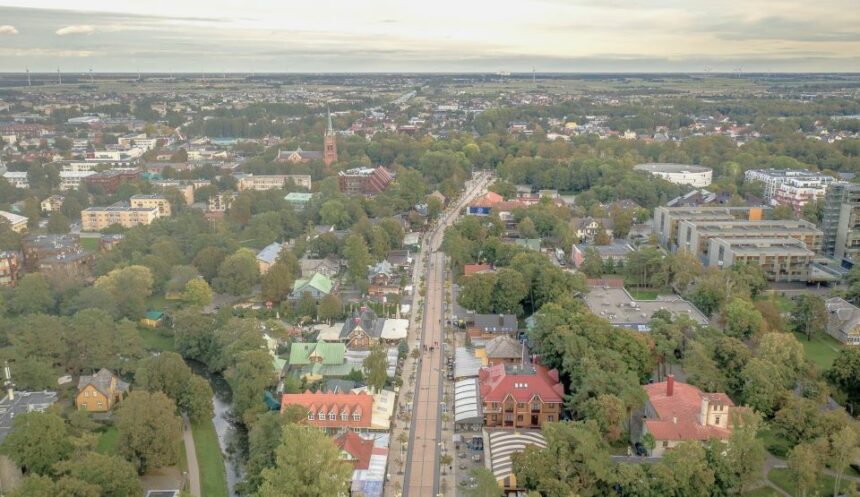Palanga is a popular seaside resort in the southern Curonian landscape of Megowe in Lithuania on the Baltic Sea.
At the beginning of the 20th century, Palanga became one of the world’s largest amber processing centers. After 1918, Palanga was incorporated into the newly established Republic of Lithuania and became practically inaccessible to Poles, which resulted in most residences changing owners. The Amber Museum – the largest in the world – was established in the neoclassical Tyszkiewicz palace , restored in 1963 . There is Mount Biruty in the park – according to a legend created for tourists, a priestess kidnapped and married by Kiejstut is buried there.
Today along with the Curonian Spit, Palanga is one of the centers of Lithuanian tourism – with hotels, campsites and a long beach promenade with a pier. It is the largest seaside resort in the country, and is therefore nicknamed the Summer Capital.
Access : Coordinates: 55.916667, 21.066667 / Palanga is located on European Route 272, which leads from neighboring Klaipėda to Vilnius.
Highlights :
- The city is located on the ancient Via dell’Ambra, and historically has been a center for the processing and trading of the precious resin.
- Legend says that there was once a pagan shrine in Palanga, when there lived a beautiful Priestess-prince and military leader. Her name was Birute Kestutis.
Hearing about her beauty, he visited the shrine and asked her to marry him, but the beautiful Birute refused because she promised the gods to protect her virginity until her death. Then Kestutis took her by force and arranged a big wedding.
When he died, she returned to Palanga, where she served the gods until her death. Legend has it that she was buried in Palanga at the foot of a cliff named after her. - Top sights in Palanga : Palanga Beach / The 470 meter long Palanga pier, built in 1997, enables the city to be connected to shipping traffic. / The former palace of Count Feliks Tyszkiewicz, built in 1897 in the neoclassical style according to a design by the Berlin architect Franz Schwechten, has housed the Amber Museum since 1963 / The octagonal chapel named after Grand Duchess Birutė on the 22 meter high Birutė Hill , which was built in 1869. / The Catholic Saint Mary’s Church was built from 1897 to 1906 according to a design by the Swedish architect Karl Eduard Strandmann / The Palanga Kurhaus, built in 1877 and expanded in 1905 and between 1909 and 1914.
Go next : The nearby town of Klaipėda / Curonian Spit / Liepaja / The municipality’s territory also includes the seaside resort of Šventoji, located 10 kilometers to the south, where the Šventoji River flows into the Baltic Sea.

